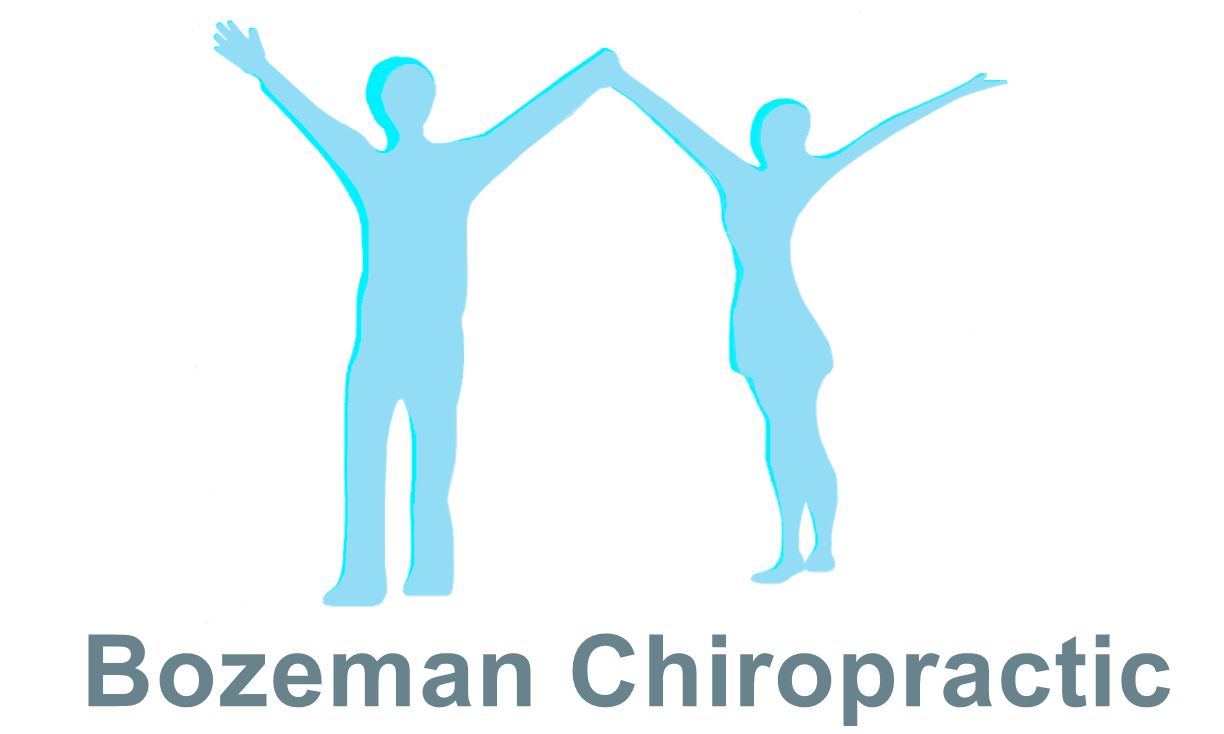Key Takeaways
-
Chiropractic care offers natural, non-invasive pain relief and supports overall wellness.
-
Focuses on spinal alignment to improve nervous system function and promote self-healing.
-
Treats conditions like back pain, neck pain, headaches, and joint issues without drugs or surgery.
-
Chiropractors use techniques such as spinal adjustments, manual therapy, and soft tissue treatment.
Introduction to Chiropractic Care
In today’s fast-paced world, people are increasingly turning to natural, non-invasive methods to manage pain and improve overall health. Chiropractic care has emerged as a trusted solution, offering relief from discomfort while supporting long-term wellness. Rooted in hands-on healing, this form of treatment focuses on the alignment of the body, especially the spine, to enhance the function of the nervous system and promote natural healing.
Originating in the late 19th century, chiropractic care began with the idea that proper spinal alignment could improve overall health. Since then, it has grown into a widely accepted health care profession with licensed practitioners across the United States, helping millions address conditions like chronic low back pain, neck pain, and headaches, and more.
The Role of Chiropractors in Modern Health Care
At its core, chiropractic care involves the diagnosis, treatment, and prevention of mechanical disorders of the musculoskeletal system, particularly the spine. Chiropractors use hands-on techniques, with the most well-known being the chiropractic adjustment—a precise application of force to a spinal joint. This adjustment, also known as spinal manipulation, is designed to improve joint mobility, alleviate pain, and enhance nervous system function.
But chiropractors do much more than that. They assess posture, range of motion, and spinal alignment to create individualized treatment plans. Many offer holistic care through manual therapy (i.e. Activator Method), soft tissue therapy, and guidance on lifestyle changes to support the body’s healing process.
Education, Licensure, and Professional Standards
Chiropractors undergo extensive education to become licensed professionals. After earning a Doctor of Chiropractic (DC) degree, which requires several years of undergraduate study and a four-year chiropractic program, they must pass rigorous exams administered by the National Board of Chiropractic Examiners. All states require chiropractors to meet specific licensure criteria and adhere to ongoing education requirements to maintain their credentials.
The chiropractic philosophy centers on the body’s innate ability to heal itself, especially when the spine and nervous system are functioning optimally. This natural, whole-body approach aligns chiropractic care with the broader field of integrative medicine, often complementing other treatment options.
Techniques Used in Chiropractic Treatment
Chiropractors use a range of techniques tailored to each patient’s needs. The most common is the chiropractic manipulation, which involves restoring movement to restricted joints, particularly in the spine.
In addition to spinal work, manual therapy is used to address muscle imbalances and soft tissue restrictions. Techniques like manipulative therapy, stretching, trigger point work, and joint mobilization can relieve tension, improve circulation, and enhance flexibility.
Soft tissue therapy is especially beneficial for patients recovering from injuries or dealing with muscle tightness. Chiropractors may use their hands or tools, such as IASTM chiropractors, to break up adhesions in the muscle and connective tissue, encouraging faster healing and better mobility.
Conditions Chiropractic Care Can Help Treat
One of the biggest draws of chiropractic care is its effectiveness in managing pain, without relying on surgery or medications. Chronic lower back pain is perhaps the most common issue treated by chiropractors. With targeted spinal manipulation, patients often find long-lasting relief and improved range of motion.
Similarly, neck pain and headaches are frequently addressed through cervical adjustments and soft tissue therapy. Poor posture, stress, or extended screen time can contribute to spinal misalignment, which affects the nerves and muscles around the neck and skull. Chiropractic care helps restore balance, reduce tension, and lower the frequency of tension headaches or migraines.
Other treatable conditions include joint pain, sports injuries, sciatica, and repetitive stress disorders. Chiropractic care is also useful in postural correction and rehabilitation, supporting both acute recovery and long-term health.
The Broader Impact on the Nervous System and Wellness
Chiropractic treatment isn’t just about pain relief—it’s about optimizing how your body functions. Because the spine houses and protects the spinal cord, misalignments can disrupt the flow of information between the brain and body. By correcting these issues, chiropractors improve the efficiency of the nervous system, which plays a key role in immune response, energy levels, digestion, and even mental clarity.
When spinal health is restored, many patients report better sleep, reduced anxiety, and enhanced overall well-being. In this way, chiropractic care becomes more than a remedy for backaches—it becomes a cornerstone of a proactive, wellness-focused lifestyle.
A Safe, Natural Path With Minimal Side Effects
One of the reasons chiropractic care has become so popular is its non-invasive, drug-free nature. It appeals to those who want to avoid surgery or reduce dependence on painkillers. For most patients, side effects are minimal—typically limited to mild soreness or fatigue after a session, similar to post-workout aches.
Serious side effects are rare, especially when treatment is provided by a licensed, experienced chiropractor using a low-force technique system like Activator Methods.
Chiropractic Care in a Modern, Integrated Health System
Today, chiropractic care is increasingly seen as a key component of integrative medicine. Many patients combine chiropractic visits with physical therapy, acupuncture, and nutrition counseling to support total-body healing. Chiropractors often work collaboratively with other health professionals, ensuring patients receive well-rounded and effective treatment options.
This approach is especially beneficial for individuals managing chronic conditions, recovering from injuries, or seeking preventative care. Rather than addressing symptoms in isolation, chiropractic care focuses on the whole person—body, mind, and spine.
Chiropractic care from Bozeman Chiropractic offers a powerful combination of pain relief, functional improvement, and proactive wellness. With evidence-based techniques like chiropractic adjustments, manual therapy, and soft tissue therapy, it continues to grow as a respected and vital part of the health care profession in the United States. By supporting spinal health and nervous system function, chiropractic treatment not only alleviates discomfort but also empowers patients to take control of their long-term health—naturally and effectively.

